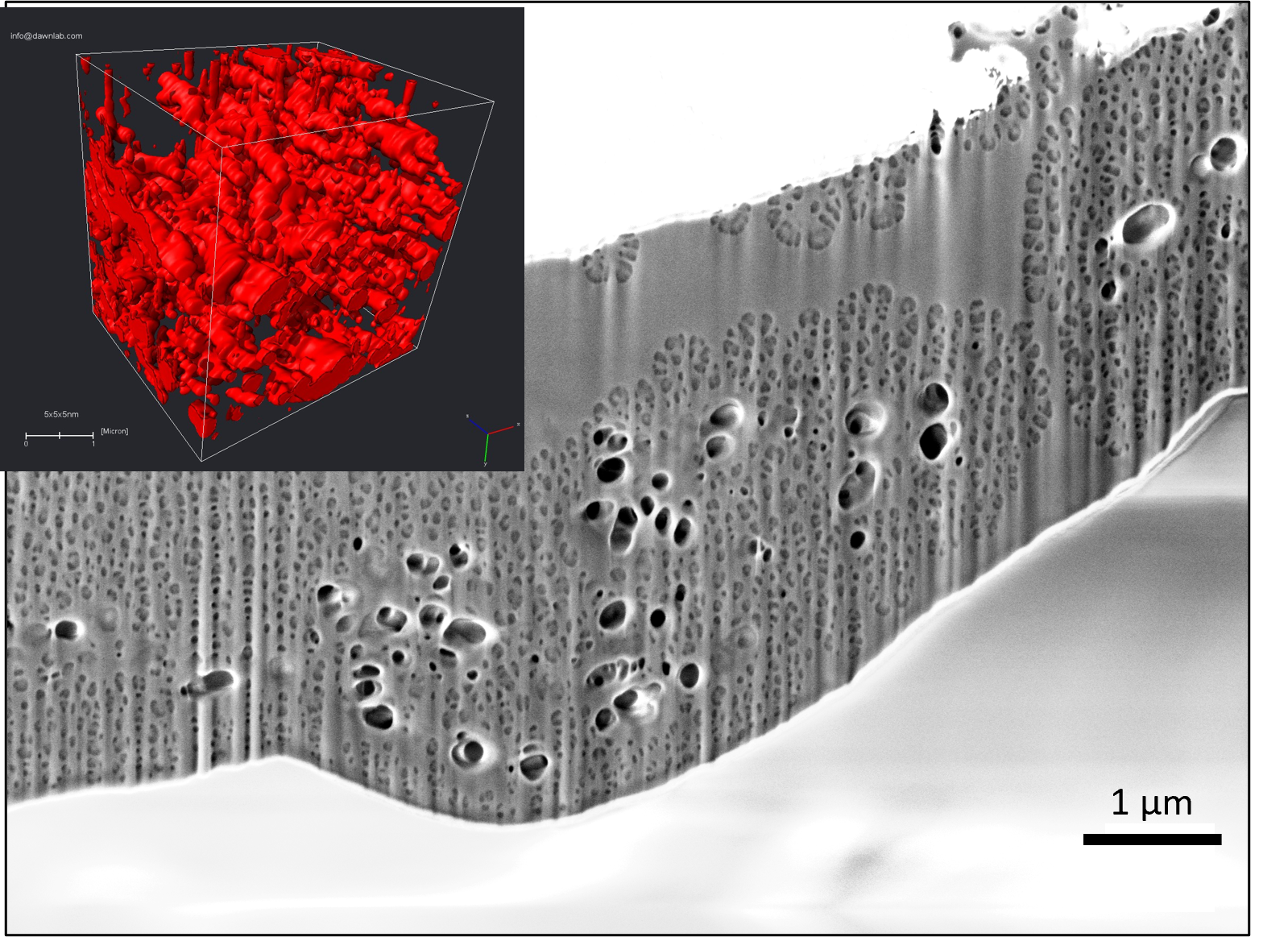Intellectual Property
Image-based microstructure analysis offers strategic advantages in securing intellectual property through direct evidence of product attributes

digiM’s cutting-edge microstructure technologies provide more than just insights into formulation development and product quality—they offer a strategic advantage in securing intellectual property (IP) for innovator pharmaceutical products or for 505(b)(2) purposes. By revealing novel correlations between material attributes, process parameters, and product performance, digiM’s proprietary imaging and software solutions help clients establish robust, product-specific IP foundations.
Product Lifecycle Management
Innovative formulation and drug delivery can enable, enhance, and extend the value of drug product lifecycles. digiM's microscopy approach provides evidentiary data to understand how unique formulation and process changes can impact differentiating performance from the original reference product. Image-based workflows have been used to demonstrate the architecture of complex combination products such as Claritin-D and modified release technologies.

Polymers and Functional Excipients
Polymers can impart unique drug release profiles and other differentiating properties that, oftentimes, create unanticipated drug product performance advantage. Combined with select manufacturing processes and particle engineering, these properties can be tuned for the development of novel drug products with the desired performance attributes. digiM's non-invasive X-ray microscopy workflows unveil insights to the quantitative evaluation of polymeric properties as tested from in vitro and in vivo environments.
Functional excipients are often important in designing optimal disintegration and dissolution times for oral dosage forms. Implementing mosaic-SEM studies and 4D CT dissolution analysis, the effects of formulation constituents on specific dissolution properties can be quantitatively studied.
Enabling Manufacturing Processes and Engineering
New pharmaceutical process and engineering technologies play an integral role in advancing drug product science and manufacturing. Across drug substance, co-processed intermediates, amorphous solid dispersions, long-acting injectables, and other complex drug products, these advanced technologies can create unexpected morphologies and microstructures that drive optimal drug product performance. digiM's end-to-end microstructures workflows enable quantitative measure on these attributes and how they compare to traditional manufacturing. For more information, read our case study on amorphous solid dispersions formed by resonant acoustic mixing.
Particle size control of drug substance and functional excipients is often paramount in fine tuning release profiles. digiM's sGAN structure synthesis paves a way to explore formulation parameters like drug loading and particle size in a digital space.
Long-acting Injectables and High Concentration Biologics
The expanding interest in delivery of long-acting injectables and high concentration biologics offer patient-centric advantages of reduced dosing frequency and subcutaneous administration, respectively. Through studies of product-level microstructures and performance attributes within subcutaneous and intramuscular spaces, digiM's analysis provides a lens on the specific drug delivery benefits enabled by these platforms. Using the ivisLab platform, drug depot morphologies digitized from imaging studies can be used to simulate drug release.
Drug Device Product Performance
Combination product development that comprises a device can dramatically affect product delivery and ease of use for patients/clinicians. Attributes like injection rate, product deposition within the body, and the yield of delivered drug can be strategically engineered with these modifications. digiM has supported the development of dry powder inhalers, injectors, and selection of device components through non-invasive analysis and digital model development.
Translational Modeling
CT and MRI imaging of small and large animals can be utilized to develop anatomically accurate digital models for drug delivery simulations. These models can be applied to illustrate unique delivery driven by formulation, device, and route of administration. digiM's deep learning segmentation tools has been used to construct these models from imaging data of clinical and non-clinical subjects, as well as ex vivo tissue samples.
Transform Your Program with Microstructure Science
Get started with a drug product digital twin.









